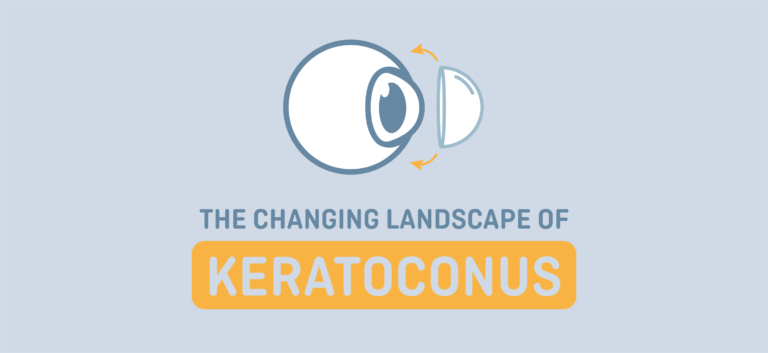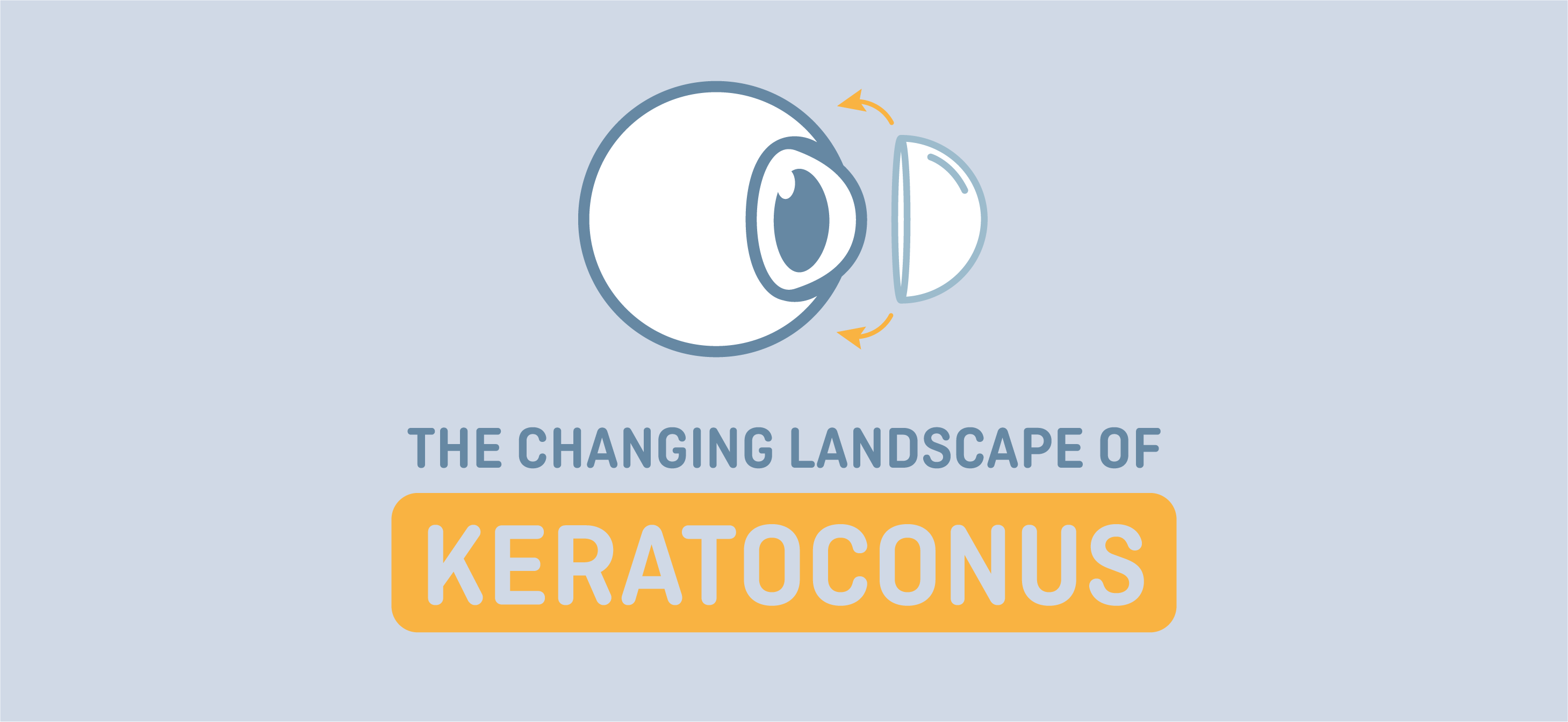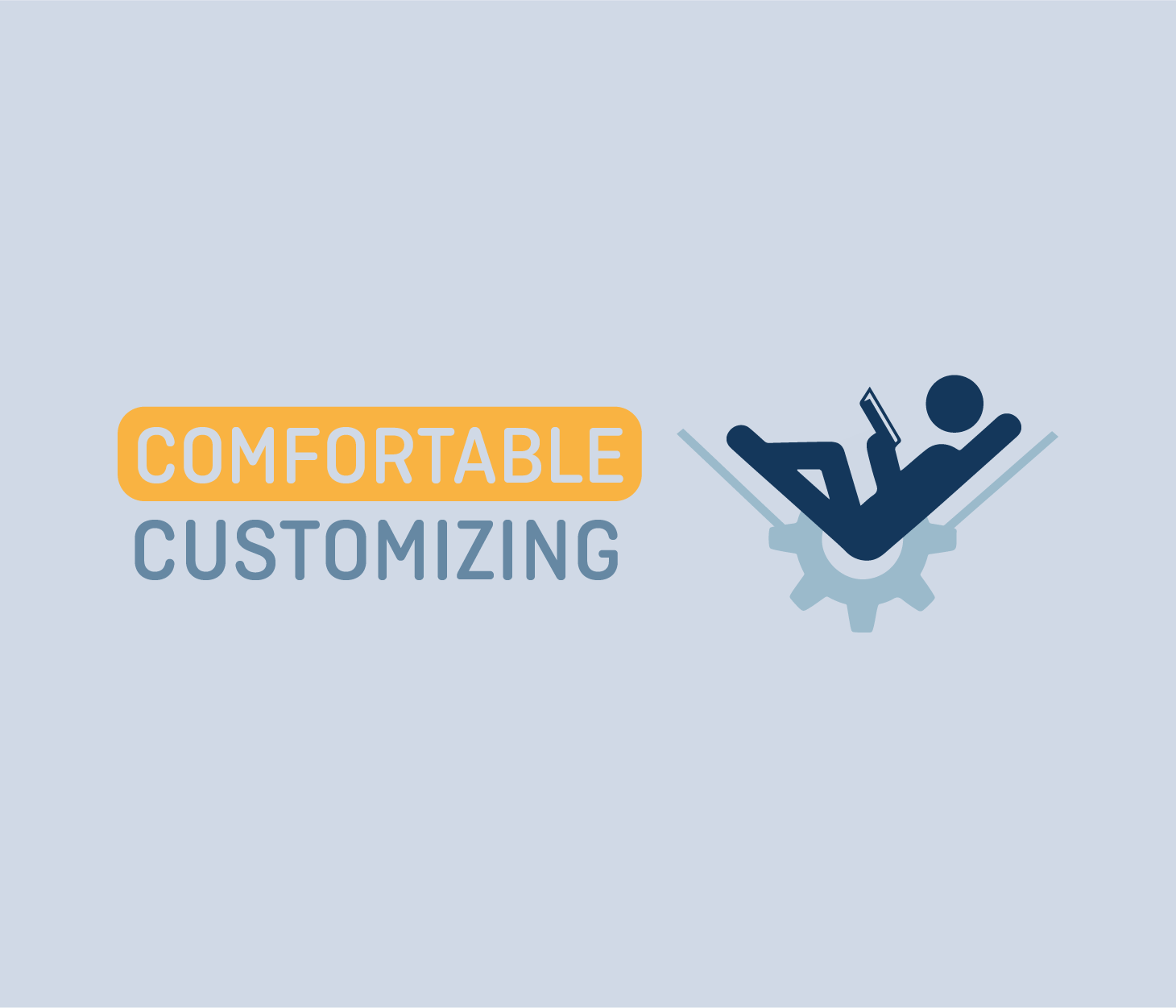
Keratoconus, without exception, has always been our number one indication for specialty lenses, particularly scleral lenses, for both pre and post-surgical intervention. Studies from the University of Utrecht, Netherlands, by Godefrooij et al.¹ show that the incidence of keratoconus may be much more common than originally thought. The annual incidence of keratoconus is reported to be 1 in 7,500 for the relevant age category or 13.3 cases per 100,000. The prevalence of keratoconus in the general population was estimated to be 1:375. These values appear to be 5-fold to 10-fold higher than previously reported. Two reasons for this may be the ever-increasing use of corneal topographers in practices globally and increased awareness of the condition.
So, because keratoconus is here to stay – as is secondary ectasia (often resulting from refractive surgery) – this will remain a key consideration in every specialty lens practice. For severe irregularities in stage 3 and stage 4 keratoconus, scleral lenses come to the rescue – as they bridge over the entire cornea, resting on the scleral portion (the conjunctiva, really) on the ocular surface. This explains, at least in part, the vast success of scleral lenses over the last decade.
Cross-Linking
However, the landscape of the irregular cornea in keratoconus seems to be changing. First came the development of corneal cross-linking (CXL), which has now been around in Europe for 20 years (human studies of UV-induced CXL began in 2003 in Dresden, Germany). CXL does not cure or diminish keratoconus but can help stop further progression at a given stage. The primary purpose and literal definition of CXL is to halt the progression of ectasia, although this is not always entirely feasible. Typically, the earlier in life that the procedure is performed, the better the result. That said, the best candidates for CXL are individuals with a progressive ectatic disease of the cornea, so ECPs must monitor that first before the procedure is considered. In other words, the cornea is already irregular to at least some degree by then, and preventative CXL is not feasible.
So, while across Europe, and increasingly in other parts of the world, CXL is becoming the standard of care for young patients with progressive ectatic disease, it is most likely we will see more keratoconic patients. However, it is to be expected that we will see corneal changes in the earlier stages of the condition. This may impact what correction methods we apply: glasses and soft (specialty) lenses may become more common as the first-line method of vision correction.
Lamellar Corneal Transplants
There have been major developments in corneal transplants for keratoconus and other diseases. Not too long ago, a penetrating keratoplasty – replacing the entire cornea in its full thickness with donor tissue – was the standard procedure. Now, an array of lamellar techniques in which only a portion of the cornea is replaced by donor tissue is increasingly used. This can provide many advantages, one being that the corneal irregularities are far less prominent, as a part of the patients’ original cornea remains intact.
In the late nineties, a technique of deep anterior lamellar keratoplasty (DALK) was developed by the Netherlands Institute for Innovative Ocular Surgery (NIIOS)². The thought behind this technique is to replace only the diseased part – that is, the connective tissue layer of the cornea – and to fasten it with sutures. The healthy part of the cornea is ‘left in place,’ avoiding many of the disadvantages of a full-thickness corneal transplantation.
Bowman Layer Transplant
Recently the NIIOS developed another new surgical technique: Bowman layer transplantation. Just as with CXL, Bowman layer transplantation intends to prevent further deformation of the cornea and delay the need for a corneal transplant. This technique is indicated when the cornea is too thin for CXL. With a Bowman layer transplantation, a thin layer of donor cornea (limited to just a donor Bowman layer) is implanted between the connective tissue layers of the cornea, making the original cornea become firmer. Sometimes even two donor Bowman layers are placed on top of each other on the receiving eye for that purpose.
Soft Lenses to the Rescue
All these techniques may lead to a significant reduction of severe irregular corneas. This may also mean that scleral lenses will not always be necessary. Eye care practitioners around the globe increasingly consider a soft lens as an excellent first option after glasses fail to provide adequate visual acuity. The advantages of this are obvious: scleral lenses are large and handling is a known issue, wearing time is not always optimal, and limitations such as mid-day fogging, redness and potential intraocular pressure increase are eliminated. Especially the ease of use, comfort and cost are regularly mentioned as a plus for soft lenses.
This doesn’t always work with standard (off-the-shelf) soft lenses. First, the overall sagittal height of the ocular surface regularly goes beyond 4,000 microns over a 15mm chord in these corneas. Because of this, standard commercially available lenses on the extreme right-hand side of the Pacific SAG charts are recommended³. If this is not feasible, ‘out-of-standard’ soft lenses with higher SAG values can be considered. These have virtually no limit in SAG value height. Customized soft lenses based on corneal topography – with tangential peripheral shapes, almost like a scleral soft lens – are on the market as well (also with monthly replacement in silicone hydrogel materials). The question is: Does it still correct or at least mask the corneal irregularities enough for acceptable vision?
Masking
If the answer to the latter question is negative, there is a newer category of soft specialty lenses specifically for keratoconus. These lenses generally have increased central thicknesses, typically in the 300-450 micron range (a standard soft disposable lens may be 80 microns thick) to (partially) mask the irregularity of the cornea to achieve acceptable vision. Although these lenses can be made in silicone hydrogel materials, the Dk/t is lower because of the ‘t’ (thickness) of the lens, and patients wearing these lenses should be monitored for hypoxia. Some lenses can be ordered in 100-micron steps to increase or decrease thickness. Some lenses also have the option for ‘sector management,’ in which one quadrant can be ordered flatter or steeper (like quadrant-specific corneal or scleral lenses) to align the lens better with the keratoconic eye.
Illustrative of the latest surge in interest in soft specialty lenses for the irregular cornea is that recently some new soft keratoconus lens designs have entered the market. Some of these also try to improve vision further by using aspheric front optics. Trial sets in some of these lenses are also marked in sagittal height increments.
In Summary
So, while on the one hand, corneas don’t get nearly as irregular as they used to for a variety of reasons, on the other hand, the lens material, design and optics of soft specialty lenses are improving. The landscape of the keratoconic/irregular cornea, therefore, seems to be changing. And with that, the landscape for specialty lenses in that indication is also transforming, with a potentially more prominent place for soft lenses in that arena. It may be time to adhere to that – in clinical practice and from an industry perspective.
Educational Series & the Future
The educational grant over 2022, kindly supported by Contamac, has allowed the author of this article to provide generic specialty lens education around the globe for a better understanding of what we are doing with different specialty lens modalities and to potentially take advantage of all of the possibilities available to us. Topics over the past year included mostly scleral lenses, the use of corneal topography, scleral topography, and myopia management with specialty lenses. But increasingly, soft lens fitting in all its aspects (how to better fit standard lenses, when to go to out-of-standard lenses and soft lenses for the irregular cornea) is gaining more and more attention. According to the annual Eurolens survey published in Contact Lens Spectrum (Jan 2023), at least 86% of all lenses fitted today are soft. But we can’t fit all these patients with standard lenses. The future looks bright for specialty lenses, especially when it comes to soft specialty lenses. We are just beginning to scratch the (ocular) surface. Stay tuned.



